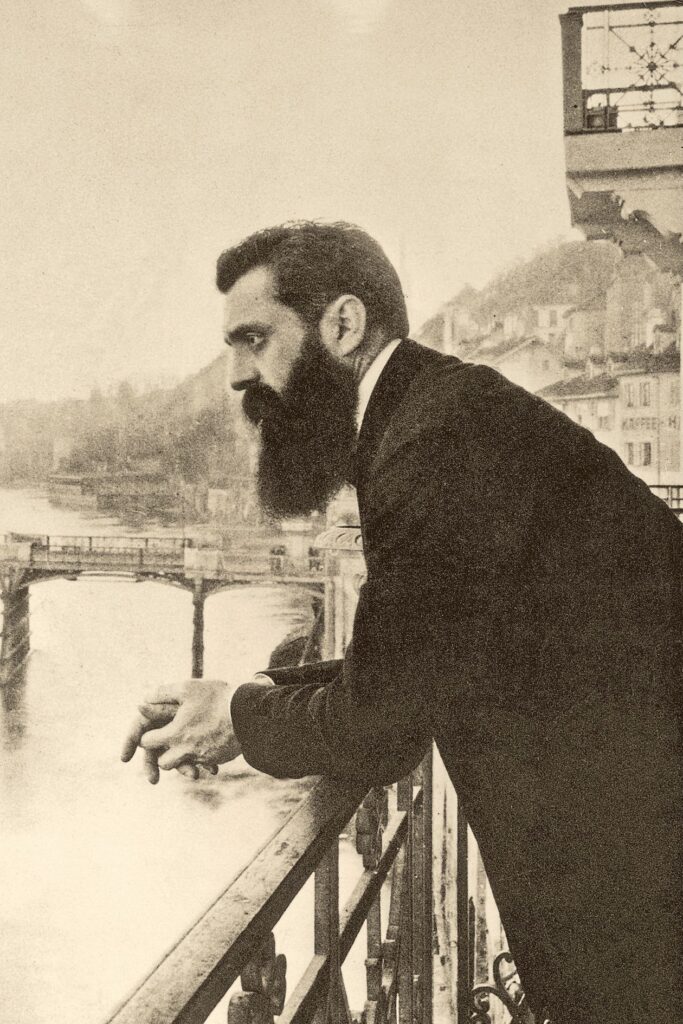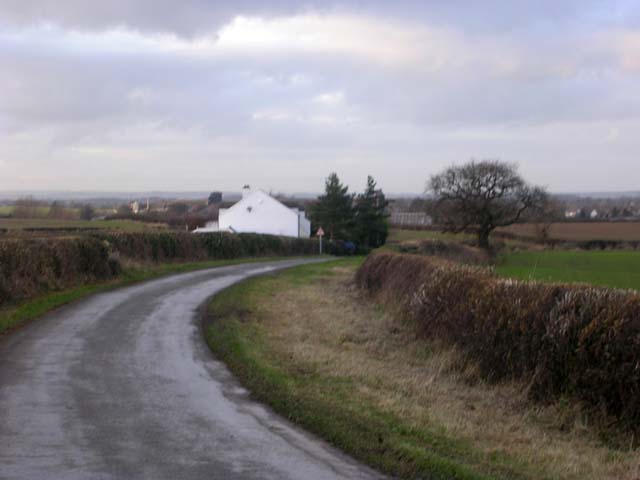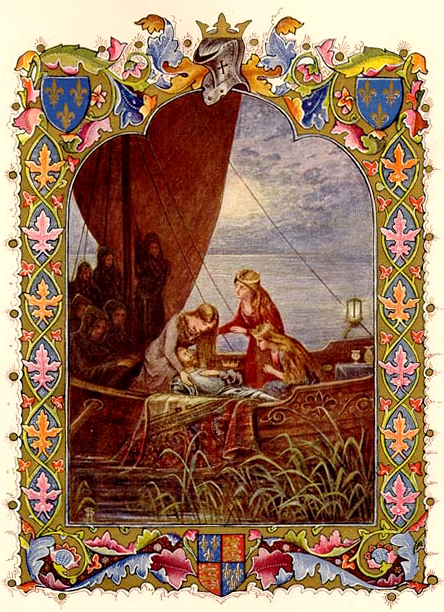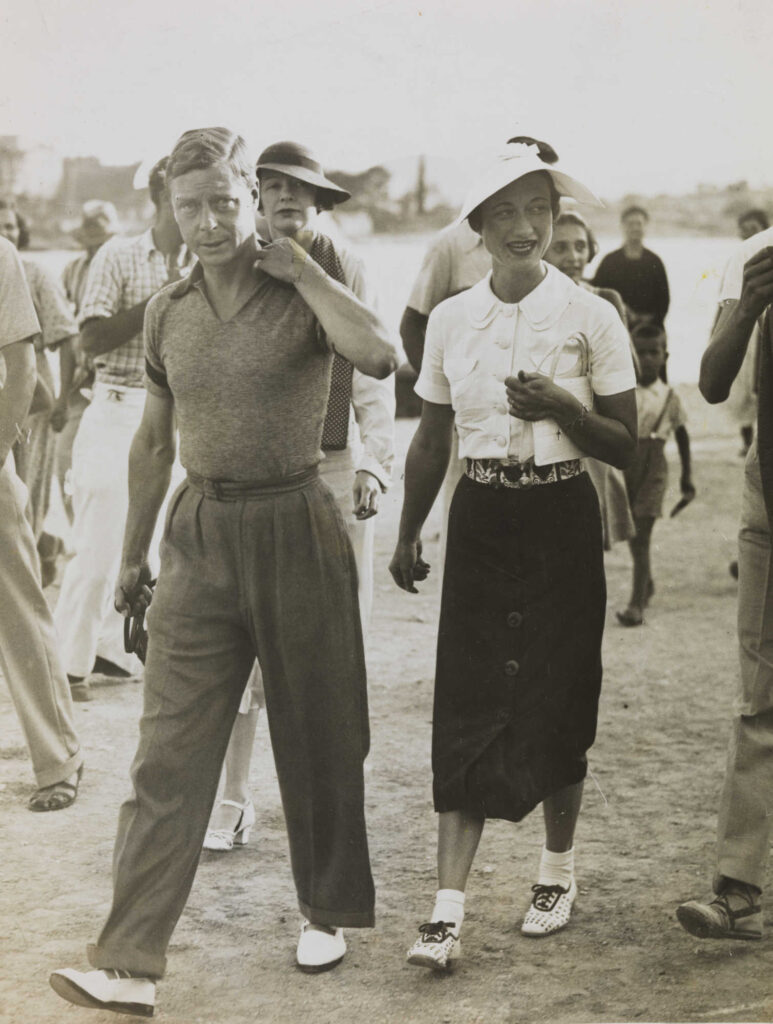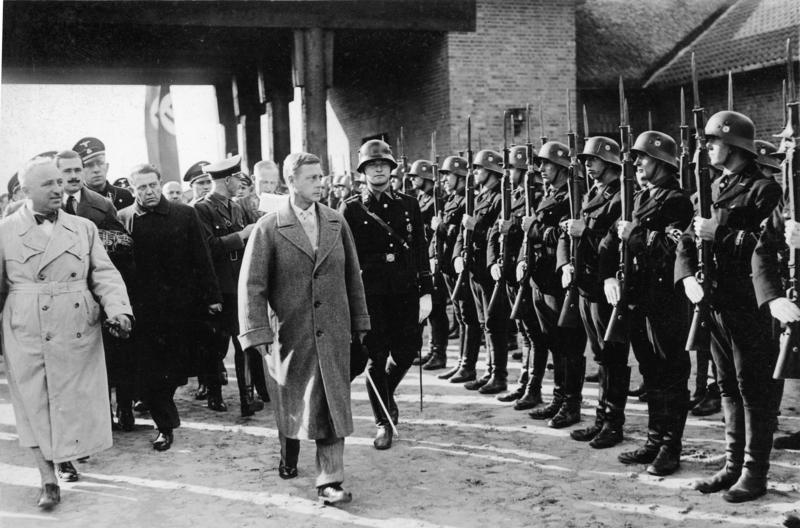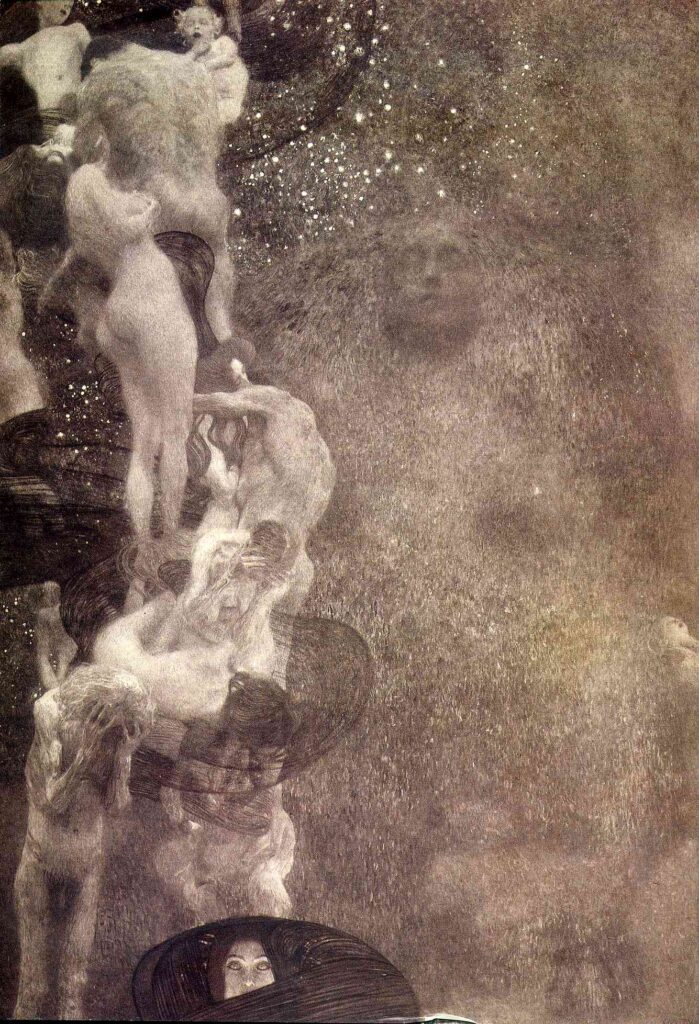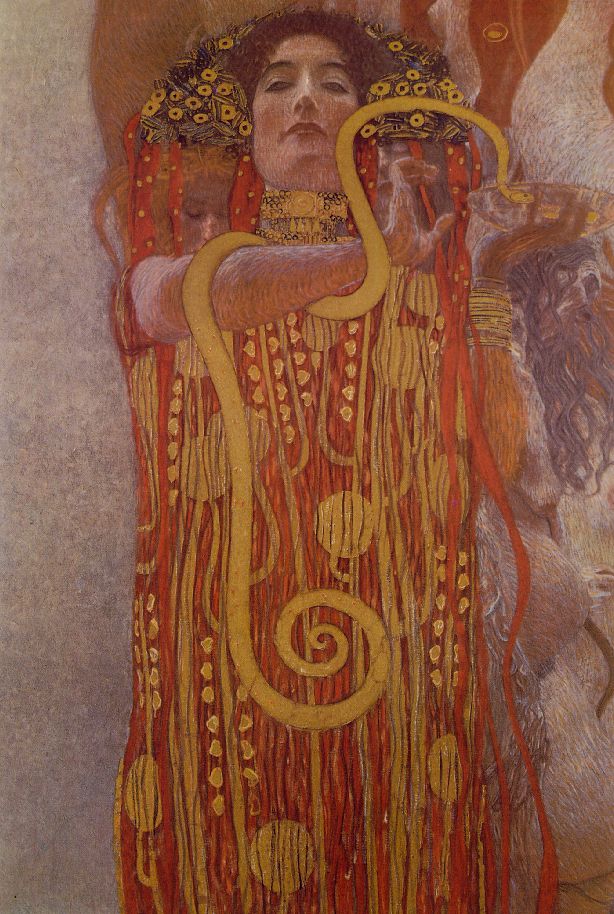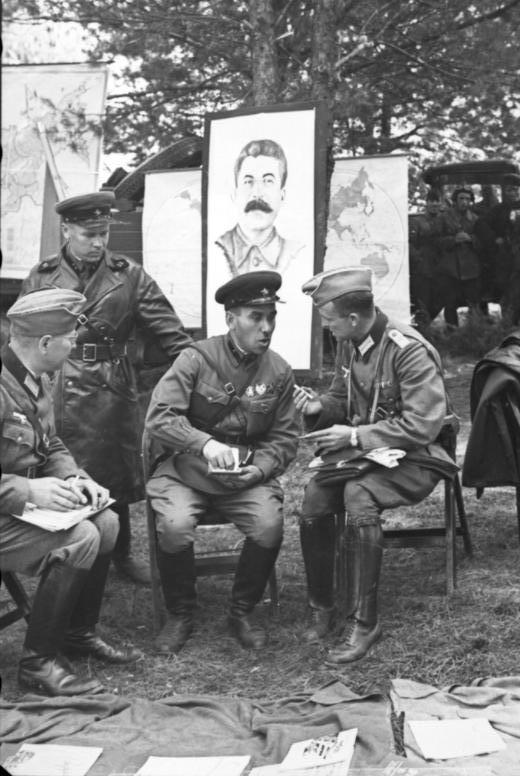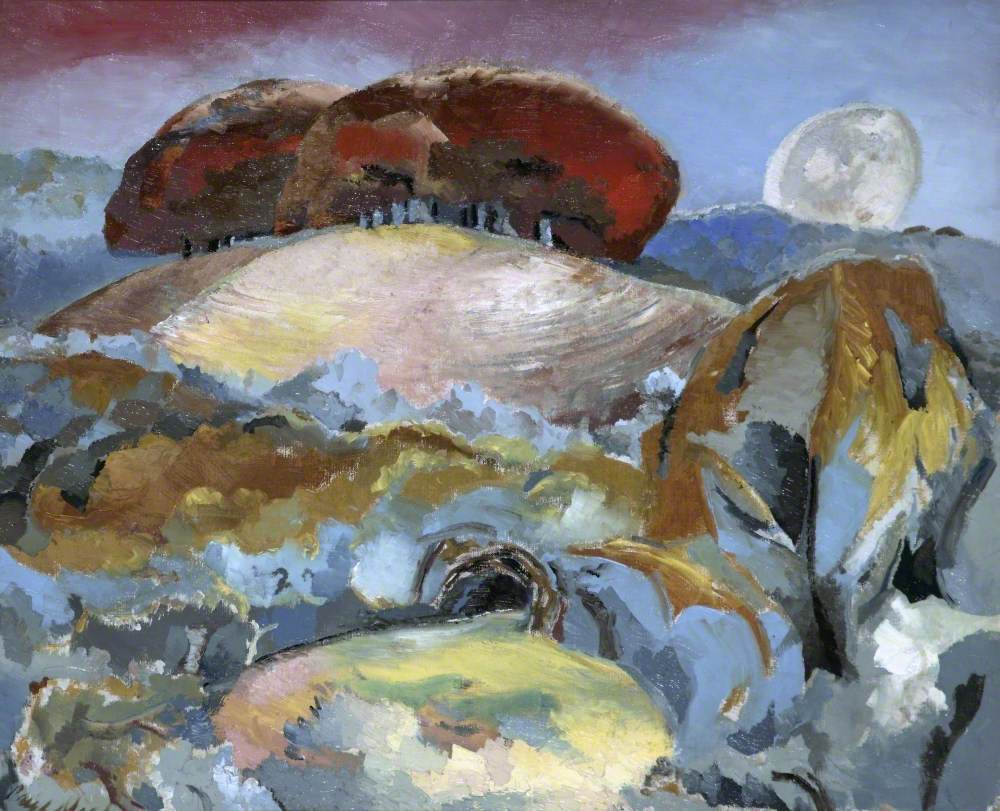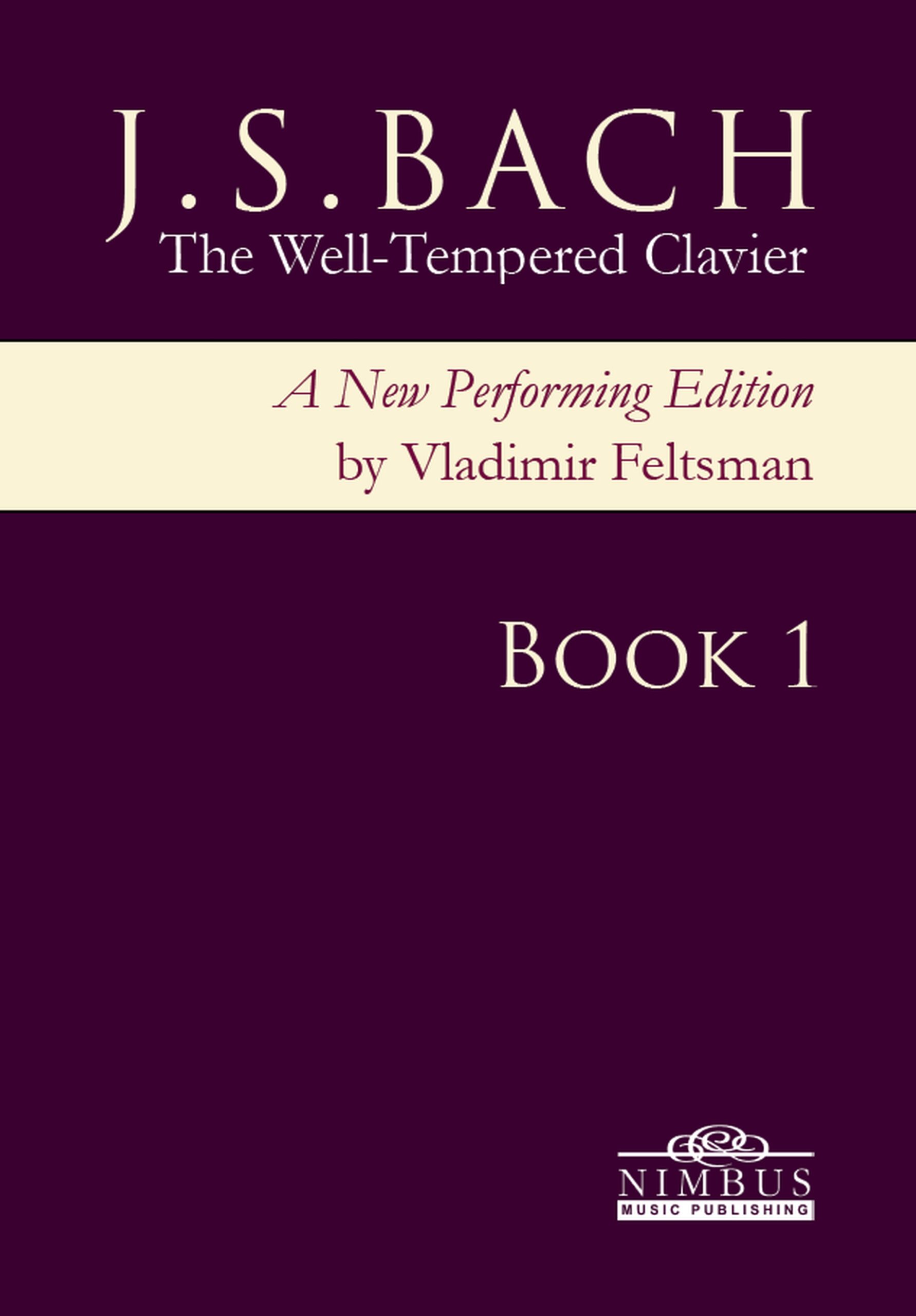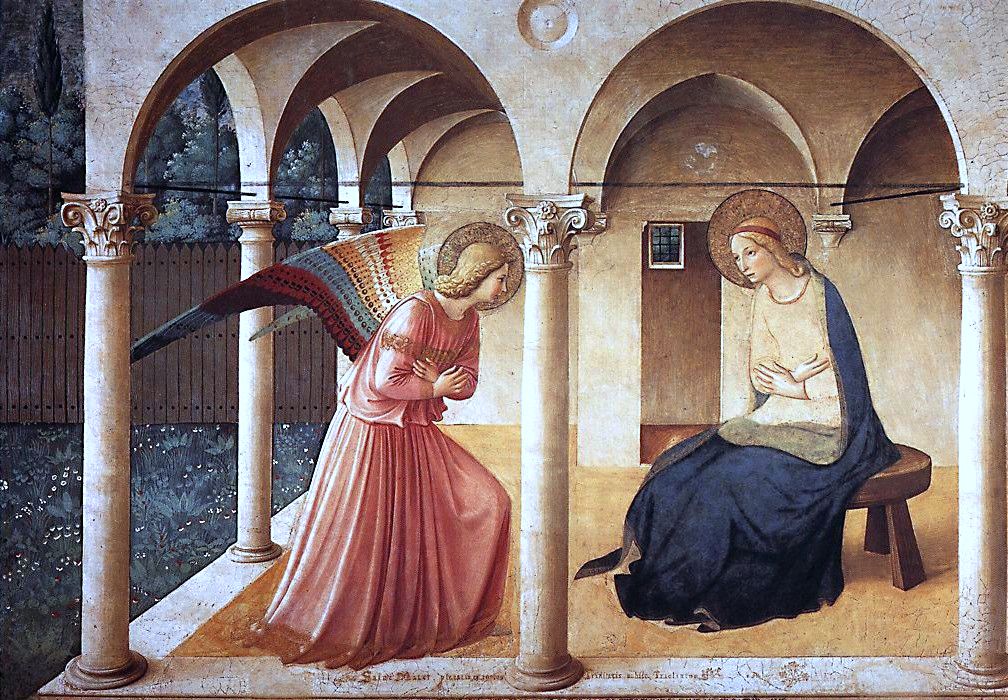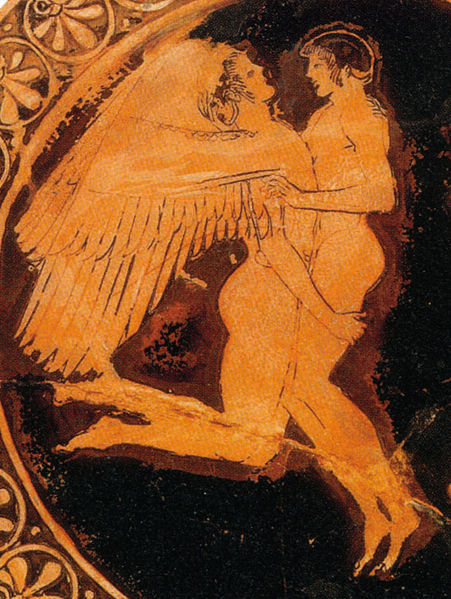
Hyakinthos, credit Wikipedia
Sir Kenneth J Dover, the Contours of his Life
Edd., Stephen Halliwell & Christopher Stray, Scholarship and Controversy: Centenary Essays on the Life and Work of Sir Kenneth Dover. Bloomsbury 2023. Pp. i-xiii; 1-362. $144.00.
Edd., Stephen Halliwell & Christopher Stray, Marginal Comment: a Memoir Revisited by Sir Kenneth Dover. Bloomsbury 2023. Pp. i-xi; 1-350. $90.00. Reviewed by Darrell Sutton
These two volumes complement each other. The former publishes the papers of a symposium, the latter is a reissued autobiography accompanied by explanatory notes. Sir Kenneth Dover (1920-2010; KD) had a distinguished career as a Hellenist, gaining a formidable reputation for his powers of exegesis as he devoted his energies to the study of Attic prose, Greek morality and Greek sentence structure. His erudition in those disciplines was unmatched. So long as Aristophanes is studied, KD’s critical editions of Clouds (1968) and Frogs (1993) will be on the lists of required reading. One project, A Historical Commentary on Thucydides, was realized by a joint effort with A. Andrewes (1910-1990). The two final commentaries (1970,1981) are brilliant works of scholarship that rounded off the herculean project originally begun by A.W. Gommes (1886-1959).
KD acquired a taste for Western Pacific languages early in his youth. Precocious, he excelled at St. Paul’s School, traveled to Greece twice while young, in 1937-38. He even wrote some poetry. His classical training at Oxford was sound enough. Prizes and scholarships followed. His eminent tutors, notably Eduard Fraenkel (1888-1970), E.R. Dodds (1893-1979), and Russell Meiggs (1902-1989)) left their mark. Fastidious, meticulous, and downright fussy when resisting the temptation to generalize, his philological work served to disclose nuances often missed in casual readings of texts. Excepting comparative philologists with the dexterity of J. Wackernagel (1853-1938) or C. Watkins (1933-2013), certain Indo-Europeanists whose linguistic techniques are instinctively etymological, can scarcely read ancient Greek fluently. KD, however, although interested in historical linguistics, was a grammarian in every sense of the word and much more. He was a master of ancient Attic Greek idiom in the texts into which he delved.
Each sentence of every scholarly article composed by KD was measured and was the product of long and patient deliberation. Anxieties about how rightly to understand Greek popular morality consumed decades of his life. His publications in this area polarized opinion. British views on how homosexuality in mid-20th century England distressed him. He was averse to dogma, anti-Christian and vociferously progressive. He advanced to graduate study but did not complete his DPhil. degree under the renowned historian, A. Momigliano (1908-1987). Lacking a doctorate degree, KD attained a reputation that most holders of doctoral credentials never realize. With few exceptions, his published work was first-rate. Knighted in 1977, he received several honorary degrees. He was a President of a college, a Chancellor of another institution. He was beloved by family and respected by his friends but his disdain for people he disliked was intense.
In Scholarship and Controversy (SC) there is an Introduction, Part I: The Life. Part II: The Work, then an Epilogue. The authors recall him fondly and praise him for his administrative and scholarly virtues . The centenary essays are informative in one regard, disappointing in another. Mostly historical, the investigations provide few analytical investigations, especially considering the specialized collection of papers KD assembled in Greek and the Greeks (1987) and The Greeks and their Legacy (1988), both incredible compilations. Through C. Stray’s Introduction, readers are informed of the original intent to celebrate KD’s memory in 2020, a century after his birth. Covid derailed the celebration. Stray’s Introduction was not meant to be more than a thin outline of material that would be fleshed out in succeeding chapters. Later, Stray’s second piece on ‘Marginal Comments’ Composition… Reception’ fills many gaps in knowledge and adds specific details otherwise unknown.
By making ample use of private correspondence, readers learn that contrary to the hostile posture conveyed by KD toward his father in the Marginal Comment (MC), he exhibited affection toward both his parents. Part I traces his career from school age through the controversies at Corpus and in the British Academy, none of which need reiteration. So much of MC is cited in SC that only a small amount of new or expanded information is provided. The better part of The Life section establishes the context in which he was schooled. However, through 100 pages, and aside from data on courses offered in Oxford, what was said in MC is just restated in SC in a different way. The personal recollections of E. Craik and E. Bowie were valuable and insightful. Speaking of Dover, E. Craik says that in his view Pindar’s Greek was not ‘peculiarly difficult’; and in Craik’s view KD was ‘first and foremost a linguist’ (p.54). I disagree with them both. KD’s minor rivalry with Sir Hugh Lloyd-Jones is treated objectively. As related, clearly it was not easy for MC to find a publisher, seeing that aspects of the narrative contained salacious material.
In Part II, very well written papers appear. The endnotes are comprehensive. But here again, few new facts emerge. All the heated debate kindled by the publication of Greek Homosexuality (GH;1978) is retold briefly. It died down quickly because only a handful of scholars concentrated on those sources anyway; fewer still were able to evaluate the Greek correctly. In her article, Carol Atack theorizes about how those studies took shape. Nonetheless the main theme of that one book, although innovative at the time of issue, cramps the discussions in several papers, excepting the ones treating of language in marginal ways, or the one on Theocritus and also C. Pelling’s compelling examination: ‘Dover on Thucydides’.
Though Greek H0mosexuality may be the one book for which KD is remembered by scholars in general, it is startling to read on p.205 J. Elsner’s judgment: ‘Dover was a terrible art historian with no eye, no training and absolutely no reflex to question the problems of his evidence beyond what he wanted it to do’: see ‘Dover’s ‘Inch’…’. Elsner alleges the evidence was examined by KD with bias. On that basis, numerous art historians, who did not publish their views, came to believe his interpretations of ancient Greek vases to be wrongly construed. His portrayal of ancient Greek homosexuality will be called into question as close-reading scholars of this generation re-inspect the same sources KD read. In particular, there is one Greek vase that he used to form a theory for his view of homosexuality (12.5,p.211). It patently depicts homoerotic acts and bestiality, actions that KD muted in his discussion of the object, not wanting to provide any public linkage of the activities in the images as he referenced ancient Greek culture.
In this reviewer’s opinion, the greatest weakness in KD’s treatment of that theme, and in C. Atack’s paper, was the fact neither KD nor Atack told readers that some types of acts favorably illustrated on ancient pots are no sure confirmation of their popular acceptance and practice in society at large. In Marginal Comment… Revisited, KD claims he knew so, p.167; but that impression is not vigorously defended by him. Whatever one thinks of the powers of the Greek imagination, fantasy frequently made its way into hundreds of ancient paintings and drawings too. Plato’s Symposium is a rhetorical masterpiece, but one should not to take too literally the factual nature of the speeches on eros. Both ancient Greek comedy and tragedy, along with Plato’s ‘philosophical’ addresses, were often enfolded in creative discourse (vid. KD’s quoted remarks on p.171, linked to fn.23, and fn.39 on p.175). For a somewhat critical but stalwart defense of KD’s construals, see S. Halliwell’s Foreword, ‘The Book and its Author’ in Greek Homosexuality (2016 reissue).
In R. Hunter’s superb paper dealing with ‘Dover and Theocritus’, philosophical matters are engaged critically. He tells readers that “Theocritus was Dover’s only real ‘foray into Hellenistic poetry or, indeed, into Hellenistic literature…’”. Hunter sees flaws in KD’s Theocritan research that went either unnoticed or unstated by others.
Incidentally, I am unable to understand why papers were not commissioned to discuss KD’s research regarding the textual criticism and transmission of Clouds and Frogs or an article on his tests and trials as editor of the Classical Quarterly from 1962-68). The deficiencies in KD’s thin expositions of Greek piety and the ideas associated are neglected by Halliwell and Stray. The Greeks were no less religious than their neighbors to the North, East and South. Religion of any kind had little appeal to KD. Dover’s first presupposition was that religion was irrelevant or useless. He then attacked the veracity of texts of any extremely religious society as though their presumptions were more speculative than his own. His interests did not lead him to describe fully the spiritual facets associated with Greek attitudes and behavior. C. Carey on ‘Dover and Greek… Morality’ is helpful here.
Prauscello’s paper ‘Dover as Historian of Greek Language’ elucidates KD’s hermeneutic method. KD did not believe that words had any real defined etymological meanings that extended beyond how they were being used at the time they were spoken. This belief affects modern interpretations of ancient concepts. Grammar and syntactical matters certainly are difficult, but surely there were scholars who could investigate his editorial work on Denniston’s Greek Particles or his own chronological studies of Greek words and their translations into English. C. Güthenke’s piece on ‘Dover and Greek Drama’ lacks focus., The reviewer is unable to visualize the many textual networks of influence she supposes directed KD’s reading of ancient Greek dramatic pieces.
Cartlidge, ‘Dover on Style’, is well worth reading, but his survey lacks the precision one expects from this area of study. How Dover analyzed the composition of sentences and how he comprehended the staging of Greek words in a sentence is not addressed. Cartlidge possesses a solid grasp of the history of scholarship; although he did not look further beyond Denniston’s work to see the underpinnings of German philology in Dover’s views on style. Besides, what is style? Cartlidge begins with thoughts on prose and verse compositions. The personal elements he includes add nothing to the readers’ knowledge of what Dover intended by his research. It is true that writers are capricious in their compositions, especially where inflected languages are concerned. Few rules can be detected. Every writer has habits.
Cartlidge’s procedure is difficult to understand. Primarily he presents KD as a statistical syntactician. From there little progress is made. Unsure of what exactly his aims demanded, he did not reach any goal regarding Dover on style. A couple of paragraphs speak of Greek Word Order (1960). Three pages discuss The Evolution of Greek Prose Style (1997). In any case, what is the value in knowing how often EGPS was cited in select volumes of Cambridge’s Green and Yellow series? Seeing that KD spent so much time sorting out matters in speeches of Attic orators, an analysis of why KD’s assumptions in Lysias and the Corpus Lysiacum (1968) were deemed to be untenable by Lysian experts, (the bulk of whom still reject KD’s main contentions), would have proved more beneficial to his honor and to scholarly research today.
Halliwell looks at a few non-specialist pieces of KD that provide ‘critical reflections on the way in which Kenneth Dover’s distinctive intellectual values informed his (evolving) conception of classics’ (p.292). KD’s chief concerns were with history, and his perspective was relativistic. His preference for the study of Greek terms outweighed any love for the literature itself; and in their written form, his popular lectures do not inspire in readers the same enthusiasm for classical studies that he possessed for the Greek language. In Halliwell’s appendix, [‘Kenneth Dover, ‘The Value of the Classics’], KD’s lecture translated from Italian, it is quickly understood that classics in Great Britain survives notwithstanding ‘good reasons for the study of history in general’ (p.308).
Several papers do not meet the standards established by KD’s laborious scholarship, nor do they match the high-quality papers in the 1990 festschrift, Owls to Athens: Essays on Classical Culture… published in KD’s honor. Indeed, Owls to Athens is one of the finest classical studies festschrifts to be published in the English language.
—————–
Not much needs to be said vis-à-vis the new edition of Marginal Comment: A Memoir Revisited (MCR). S. Halliwell’s ‘Introduction: The Conception and Reception of Marginal Comment’ should be read along with C. Stray’s second piece, chapter, six, in SC. In MCR the editors’ annotations are instructive, exploiting three sources (p.ix): (1) special type-script notes by KD, (2) his letters to his parents from 1938-1963, and (3) marginalia from his own copy MC. The editors’ comments clarify numerous statements in the autobiography.
KD’s remarks therein on the controversies over Russian spy Anthony Blunt (1907-1983) and Trevor Aston’s (1925-1985) unruly nature at Corpus promoted the volume in scandalous ways. The press could not get enough of it. No need to rehearse it here. But it also had other content that aroused opposition. On occasion, the pages contain explicit descriptions that were off-putting to certain people. KD’s sexual activities began in his youth at an all-male private day school. These affairs involved a small clique of boys whose eroticisms were curious to KD, quite clean and pure in their own eyes, but perverse to those from whom they were shielded. The events described are perplexing, involving adolescents from five to sixteen years of age. Undetected conduct must have been common: in the wider world, older schoolboys who prey on younger ones would draw the attention of authorities and provoke lawsuits. KD’s personal remarks are straightforward and at times tend toward wonderment.
KD’s memoir contains a miscellany of revelations. Invitations to give lectures came to KD regularly; he declined Professorships at Berkeley and UCL. And though he was not a Pro-Life enthusiast, he had ‘some misgivings about abortion’ (p.223). He counted friends among the clergy; but his spiritual experience, in which he was born-again ‘in reverse’, is sketched resolutely on pages 158-9. He says, mockingly, that ‘the heavens opened’ and he heard a voice that declared ‘you have no need of a God.’ KD did not shy away from expressing harsh feelings relating to his colleagues and other academics: see chapter 10, ‘History, Comedy and Other Things’. His statements about R.M. Ogilvie (1932-1981) were scathing (pp.209,232). Theoretical linguistics were uninteresting to KD (p.264). WWII induced in him a fear of flying for several years (p.271). ‘As for race’, KD averred that ‘the Greeks were aware that if you go far enough south you meet black people, and if far enough north, people with fair hair and blue eyes, but nothing in Greek literature suggests awareness of any physical differentiation eastwards and westwards, from Portugal to Iran’ (p.324).
As the editors show on more than one occasion, sometimes KD’s memory played tricks on him. Nevertheless, pupils of the history of classical scholarship will find these two volumes a precondition for understanding Sir Kenneth James Dover.
Printing errors: the word ‘modern’ turns up as ‘modem’ on pages 96 and 127.
—————-
Table of Contents for Scholarship and Controversy: Centenary Essays on the Life and Work of Sir Kenneth Dover
Introduction, Christopher Stray, Swansea University
Part I The Life
Dover at school and university (with an Appendix: Two poems by Kenneth Dover), Christopher Stray, Swansea University
Dover, Oxford and the study of classical literature: the making of a professional scholar, Tim Rood, University of Oxford
Dover and St Andrews, Elizabeth Craik, University of St Andrews
Dover and Corpus (with two Appendices), Ewen Bowie, University of Oxford
Dover, Blunt and the British Academy, Robin Osborne, University of Cambridge
Marginal Comment: composition, publication and reception, Christopher Stray, Swansea University
Part II The Work
Dover on Thucydides, Christopher Pelling, University of Oxford
Dover and Plato’s Symposium: attraction, aversion and intemperance, Frisbee Sheffield, University of Cambridge
Dover and Greek popular morality (Christopher Stray, Swansea University
Dover and drama, Constanze Güthenke, University of Oxford
After Greek Homosexuality, Carol Atack, University of Cambridge
Dover’s inch: reflections on the art-historical method in Greek Homosexuality (with an Appendix: Dover’s list of vases collated against Beazley’s corpora by provenance), Jas Elsner, University of Oxford
Dover and Theocritus, Richard Hunter, University of Cambridge
No stone unturned: Dover as historian of Greek language between epigraphy and literature, Lucia Prauscello, University of Oxford
Dover on style, Ben Cartlidge, University of Oxford
Epilogue
Dover and the public face of Classics (with an Appendix: Kenneth Dover, ‘The value of Classics’, an article translated from the Italian original), Stephen Halliwell, University of St Andrews
Memories of Kenneth Dover, Rebecca Dover, Sir Brian Harrison, Jay Parini, David Stuttard

